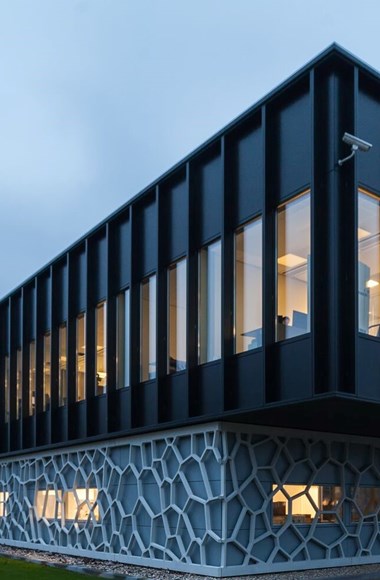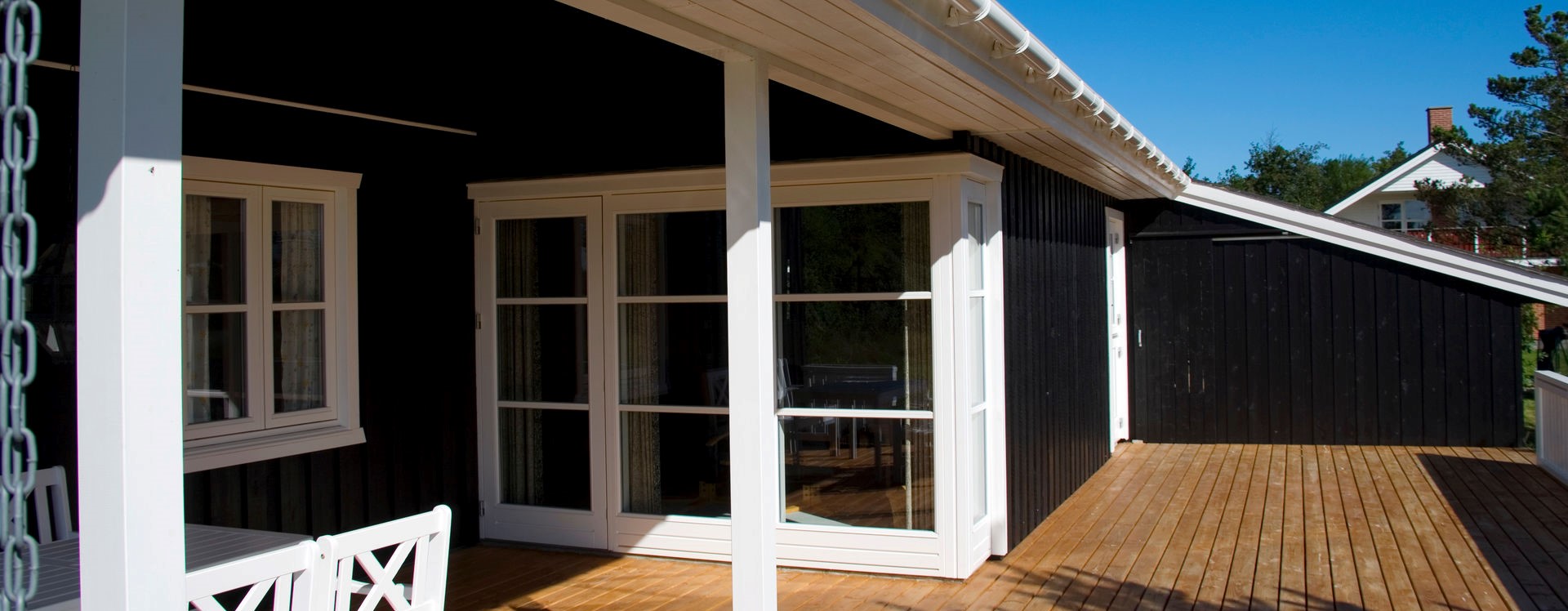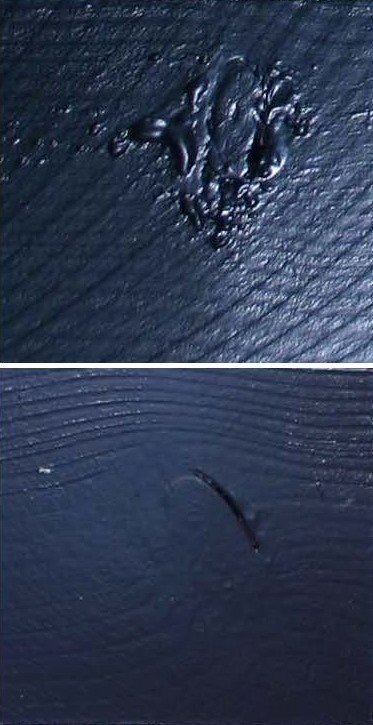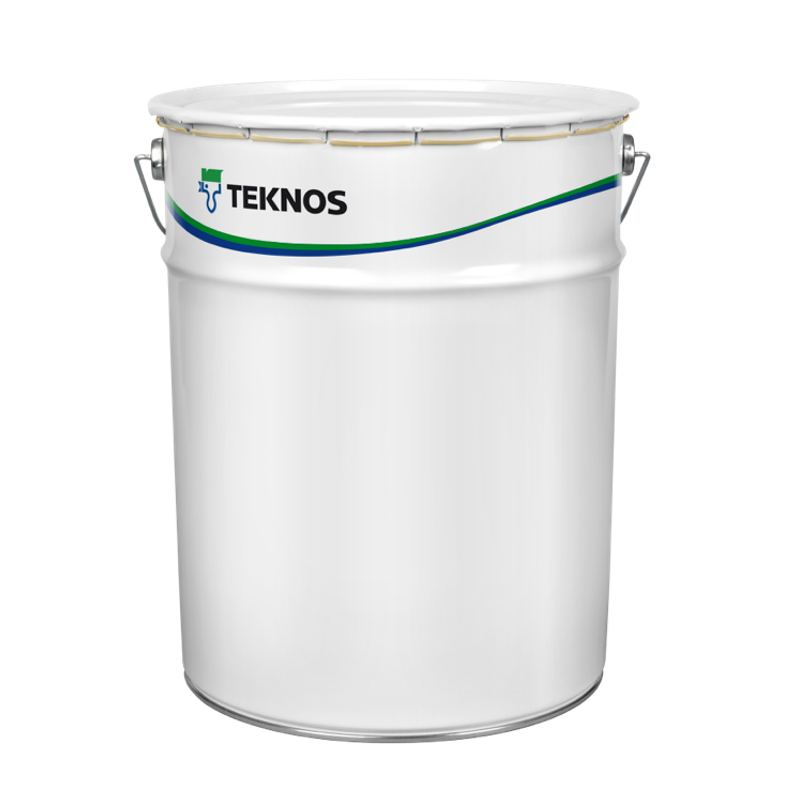
Coating Systems for Accoya and Tricoya wood
Coating solutions for Accoya and Tricoya wood, suitable for windows, doors and cladding in all climates.

Dark painted wood surfaces heat up excessively when exposed to the sun, which can cause problems with certain types of wood. Teknos offers a solution in the form of topcoats with special pigments.
High surface temperatures can have a negative effect on the coating. Black or extremely dark opaque colors are primarily affected. While light surfaces reflect the incidental light, dark colors absorb and convert it to heat. The surface temperature of black painted wood can reach 80 degrees Celsius when exposed to the sun. By comparison, light surfaces only reach the 40-50 degree range.
Typical problem: A black front door on a house. When the door is exposed to the sun, the exterior surface heats up excessively while the interior remains much cooler. Possible consequences: tension in the wood or door panel and a greater strain on the door exterior, which ultimately results in warping.
The paint surfaces on windows are not exposed as much, although the physical effect of darker colors can also cause problems here. If resinous wood such as spruce, pine and larch heats up excessively, resin can escape and damage the paint layer.
Teknos offers an intelligent solution for dark colors specifically designed to avoid this kind of problem: The optional use of AQUATOP 2600 with so-called 'cold' pigments. Unlike conventional black pigments with a carbon basis, these innovative pigments reflect a large portion of the invisible near infrared radiation (NIR), At the same time they absorb any visible light, thereby retaining the visual impression of black.
Teknos commissioned timber research centre Holzforschung Austria to test the effect of these innovative pigments. The Austrian research organization compared two Teknos coatings incorporating cold pigments with a conventional system. The result: the surface temperatures of the 'cool' coatings turned out to be much lower during laboratory radiation and outdoor exposure tests. While the maximum temperature rose to 74 degrees Celsius with conventional pigmentation, it remained well below 60 degrees on topcoats with cold pigments.
In plain language: Cold pigments in dark topcoats reduce the surface temperature by more than 15 degrees, thereby minimizing the risk of warping and resin flow.
This intelligent solution is available as a special option for all dark AQUATOP 2600 colors that are mixed with paste in black. The solution is mixed by Teknos ex works.
The topcoat with cold pigments can be processed normally in all standard layer thicknesses. The primer is special, however. A dark primer (which would actually be a natural choice for a dark topcoat) impairs the reflection behavior of the cold pigments. If this solution is used, surfaces should be primed in white, even if the topcoat is black.
Teknos application engineers would be happy to pay you a visit and answer any questions you may have on the effects and use of AQUATOP 2600 with cold pigments.
'Cold' pigments reflect a large portion of invisible near infrared radiation (NIR), which prevents the surface from heating up as much. At the same time, any visible light is absorbed, thereby retaining the visual impression of black.

Black or extremely dark painted wood surfaces can heat up to 80 degrees. Possible consequences include warping and resin flow. Teknos coating systems with cold pigments decrease the maximum temperature of surfaces exposed to the sun by approximately 15 degrees.
